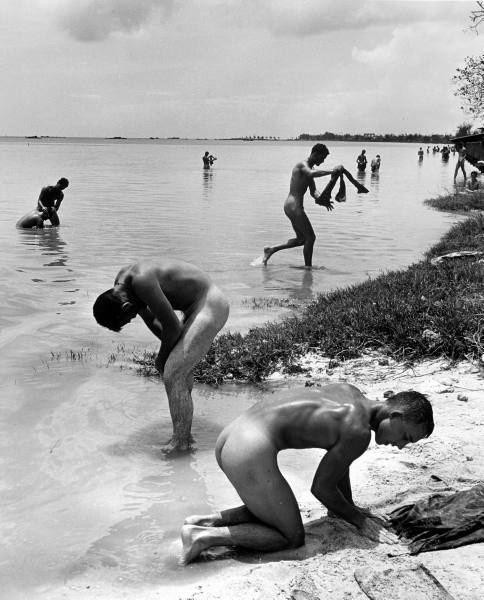
Close-up of the Hartog Plate
The Dodgy Perth team loves a good conspiracy. So we were delighted to find one about the upcoming 400th anniversary of Dirk Hartog’s trip to Western Australia, and the famous Hartog Plate which will be on show at the Maritime Museum.
This is the mother of all conspiracy theories: the Hartog Plate is fraudulent. Before you accuse us of having gone loopy, versions of this theory were promoted by an expert on European discoveries, George Collingridge, and by our very own leading historian, James Battye.
According to this version, the Hartog Plate was faked by Willem de Vlamingh in 1697 to ‘prove’ the Dutch had landed in WA first. If Hartog ever landed, there is no evidence of it. The British were sniffing around WA, and de Vlamingh was under orders to find proof of prior Dutch landing, by whatever means necessary.
Is there anything to back this up? It’s important to realise that there are no independent accounts of Hartog’s explorations other than the mysterious plate and a 1627 Dutch map labelling us as ‘Eendracht Land’ after Hartog’s ship.
When de Vlamingh visited Hartog Island in 1697, he said he removed the old plate, fixing another in its place. The Vlamingh Plate copies Hartog’s on the top with a new addition by de Vlamingh below. In the ship’s journal, published in Amsterdam in 1704, the key entries read:
On the 1st of February, early in the morning, our little boat went to the coast to fish… Our chief pilot, with De Vlamingh’s boat, again went into the gulf, and our skipper went on shore to fix up a commemorative tablet.
On the 3rd de Vlamingh’s chief pilot returned on board. He reported that he had explored 18 leagues, and that it was an island. He brought with him a tin plate, which in the lapse of time had fallen from a post to which it had been attached, and on which was cut the name of the captain, Dirck Hartog… who arrived here in 1616, on the 25th October…
How could the first commemoration, fixed up on 1st February, contain words only discovered two days later? They can’t have been added after, because they would be below de Vlamingh’s message. Did he rip the first draft down and put up a new one? Or did he have a copy of Hartog’s inscription before he arrived in WA? If so, where could he have got it from, since it was never published?
Or did de Vlamingh just make the whole thing up to prove prior claim over the Brits? All very mysterious. As is the subsequent history of the Hartog Plate, which only arrived in the Rijksmuseum in Amsterdam in 1875, where it now resides.
Dodgy Perth is sure all of this can be cleared up by someone answering the following questions:
- Is Hartog’s Plate capable of being dated as to whether it is early or late 17th century?
- Other than taking de Vlamingh’s word for it, what other evidence is there that Hartog ever landed in WA?
- How can Hartog’s words on the Vlamingh Plate be explained, if the original wasn’t found until two days later?
We look forward to hearing some answers when the 400th anniversary of Hartog’s voyage is celebrated next month.










